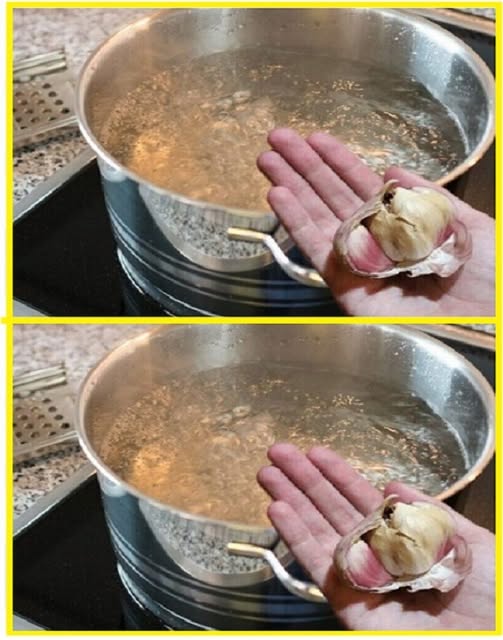ADVERTISEMENT
# The Ultimate Guide to Cooking with Garlic: How to Boil and Use Garlic for Flavorful Dishes
Garlic is one of the most beloved ingredients in kitchens worldwide. Whether it’s used as the base for a dish, added to soups, sauces, or even used as a garnish, garlic adds a distinctive aroma and flavor that enhances almost any meal. Among the many ways to cook garlic, **boiling** it is an often-overlooked method that can turn this pungent bulb into a sweet, soft, and aromatic ingredient that can be used in a variety of dishes.
In this article, we’ll explore how to **boil garlic** to bring out its natural sweetness, tenderness, and depth of flavor, and then how to use it in an array of dishes. We’ll cover the science behind boiling garlic, the health benefits, and why it’s a cooking technique that’s not only easy but also versatile.
So, let’s dive into how boiling garlic works, how to do it perfectly, and how to incorporate this fragrant and flavorful ingredient into your meals.
## Why Boil Garlic?
Garlic is an incredibly potent ingredient when used raw. Its flavor can be sharp, pungent, and even overpowering. However, when garlic is **boiled**, it undergoes a significant transformation, mellowing out its strong taste and releasing a mild sweetness, making it much more palatable. Boiling garlic softens the cloves and releases their essential oils, which results in a more delicate and slightly caramelized flavor that can be used in a variety of dishes.
### The Science of Boiling Garlic
When garlic is exposed to heat, particularly through boiling, several chemical changes occur that alter its flavor profile. The most significant change is the breakdown of **allicin**, a sulfur compound that gives garlic its characteristic sharp and spicy flavor. When garlic is cooked or boiled, **allicin** is converted into other compounds that are less pungent and more aromatic, creating a mellow, almost buttery flavor.
In addition, boiling garlic softens the cloves, making them easier to mash, spread, or incorporate into recipes without the need for finely chopping or mincing. This is particularly helpful when you want to create a smooth paste or add garlic flavor without the texture of raw garlic.
### Health Benefits of Garlic
Garlic isn’t just flavorful—it’s also packed with health benefits. Whether raw or cooked, garlic is a powerhouse of nutrients and antioxidants that can support a healthy lifestyle. Some of the most notable benefits of garlic include:
1. **Boosting Immunity**: Garlic has long been known to have **antibacterial** and **antiviral** properties. Regular consumption of garlic can help strengthen the immune system and reduce the frequency of illnesses.
2. **Supporting Heart Health**: Garlic has been shown to help reduce **cholesterol levels**, improve **blood pressure**, and improve overall cardiovascular health. It can also help reduce the risk of heart disease by preventing **atherosclerosis** (plaque buildup in the arteries).
3. **Anti-Inflammatory**: Garlic has natural anti-inflammatory properties that can help reduce inflammation in the body, which is beneficial for managing conditions like arthritis.
4. **Rich in Antioxidants**: Garlic is a good source of **antioxidants**, which protect the body’s cells from oxidative stress and free radical damage.
5. **Digestive Health**: Garlic can aid in digestion and help balance gut bacteria, which promotes overall digestive health.
While boiling garlic may slightly reduce some of its raw health benefits (especially the allicin content), it still retains many of its beneficial properties.
### What You Need to Boil Garlic
The beauty of boiling garlic is in its simplicity. You don’t need a lot of fancy equipment or difficult-to-find ingredients. Here’s a basic guide to what you’ll need:
– **Garlic cloves**: Fresh garlic bulbs are essential. You can adjust the quantity based on how much flavor you want to extract.
– **Water**: You’ll need enough water to fully submerge the garlic cloves during the boiling process.
– **A large pot**: A simple, sturdy pot will suffice for boiling the garlic. You’ll want a pot large enough to hold the garlic comfortably.
– **Optional ingredients**: Some people like to add a pinch of salt, a sprig of thyme, or a bay leaf to the water to infuse the garlic with additional flavor. These are optional but can enhance the taste of the final product.
For Complete Cooking STEPS Please Head On Over To Next Page Or Open button (>) and don’t forget to SHARE with your Facebook friends
